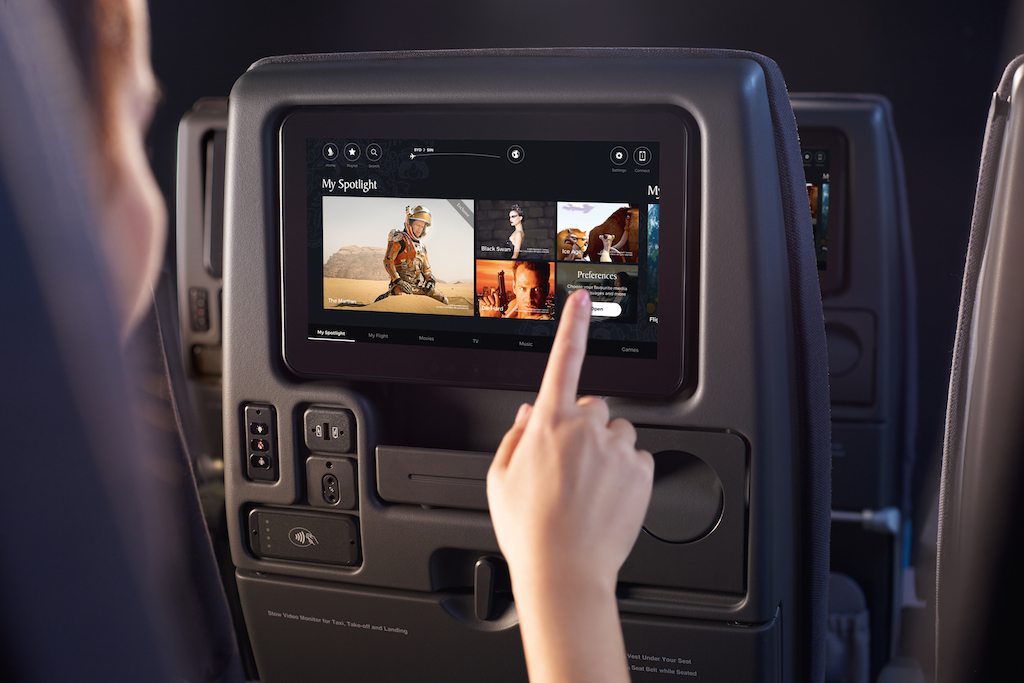Interview: Why In-Flight Entertainment Screens May Persist on Long-Haul Routes

Skift Take
Airline in-flight entertainment systems never age well. They're expensive, and they're often heavy, so airlines burn more fuel having them on board. Why do they persist? Passengers — even those who bring their own devices — tend to like them. But can airlines keep installing these systems forever?
Editor's note: This series, called Airline Insiders, introduces readers to behind-the-scenes decision-makers for airlines. Unlike our ongoing airline CEO series, Future of the Passenger Experience, we will not question the highest-ranking executives here. Instead, we will speak with insiders who guide decisions on airline operations, networks, marketing, and the passenger experience.
You can read all the stories in the series here.
Today, in the second installment of the series, we speak to an executive with Panasonic, one of the world's leaders in in-flight entertainment systems for airlines.
Earlier this year, American Airlines announced something that might have been unthinkable a decade ago. It said it not only will accept new Boeing 737 Max aircraft without in-seat screens, but also signaled it will remove relatively new monitors from some short-haul planes as it updates its seating configuration.
American told employees it no longer makes sense to install screens, because they would be "obsolete within a few years." It noted more than 90 percent of passengers travel with a tablet, phone or laptop, and with American's new system, they can watch airline-supplied content on their own device.
American is not the only airline that prefers that approach for flights shorter than six or seven hours. In the United States, United Airlines stopped installing in-seat screens on many short-and medium-haul jets several years ago, while in Europe, Norwegian Air did not add integrated systems on the new 737 Max jets it flies from smaller East Coast cities to Western Europe. Some airlines, including Qantas, don't have in-seat screens on some jets, but instead loan customers iPads or other tablets.
This is not the best trend for companies that make complicated in-seat systems, including industry leaders Panasonic Avionics and Thales Group. But for them, the good news is that most full-service airlines still prefer screens for wide body jets flying seven hours or more. Carriers, including American, still believe the cost — not only from installation and upkeep, but also from the extra fuel required to carry the systems — is worth it.
We spoke recently with Jon Norris, senior director of corporate sales and marke
